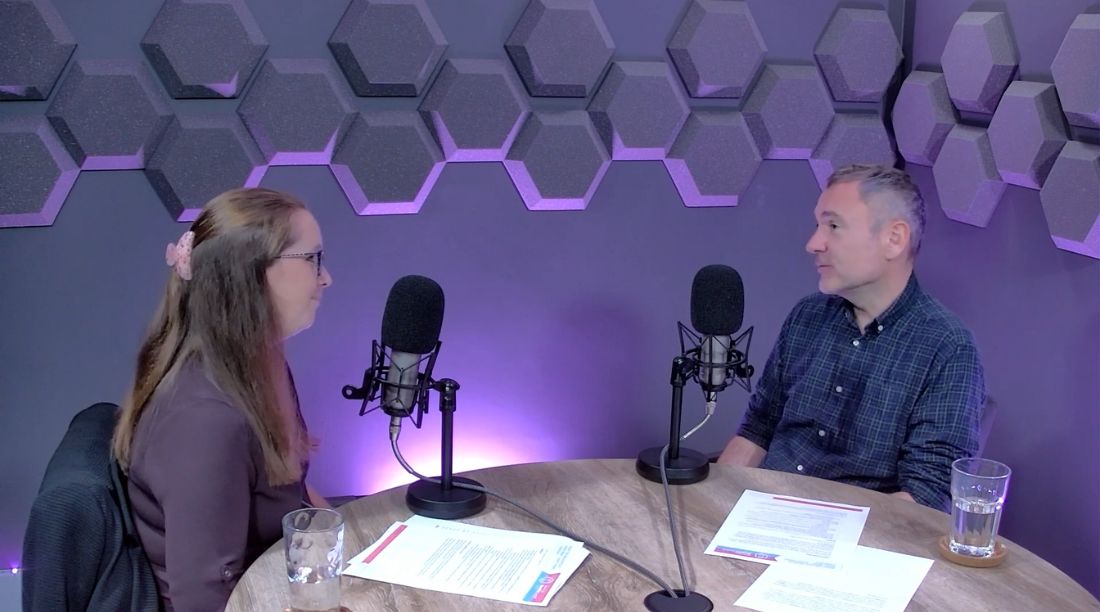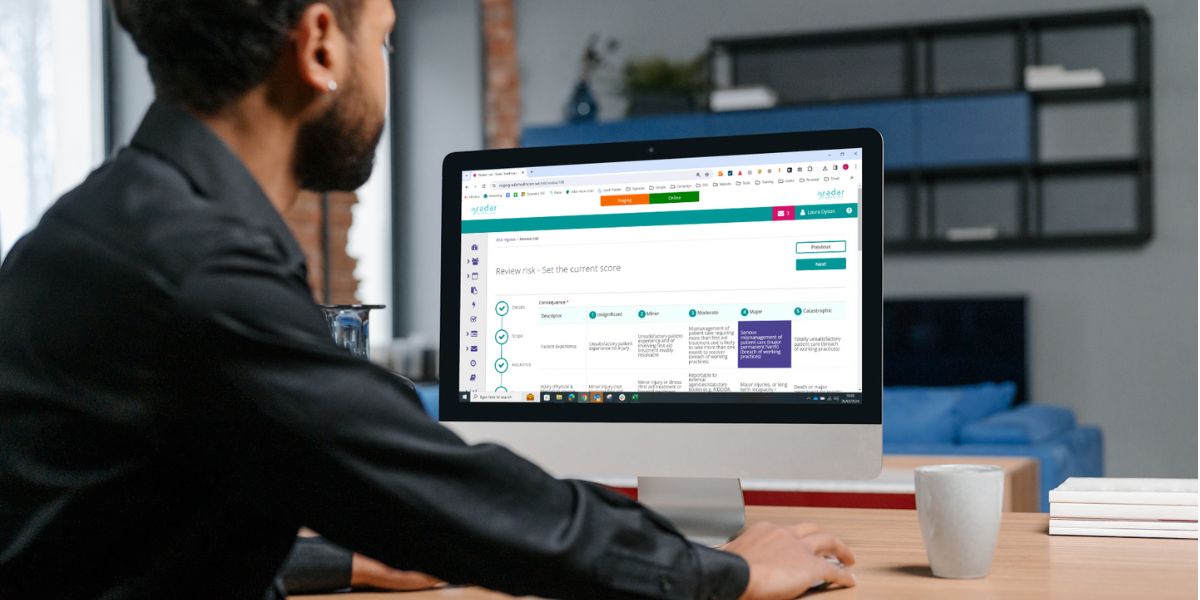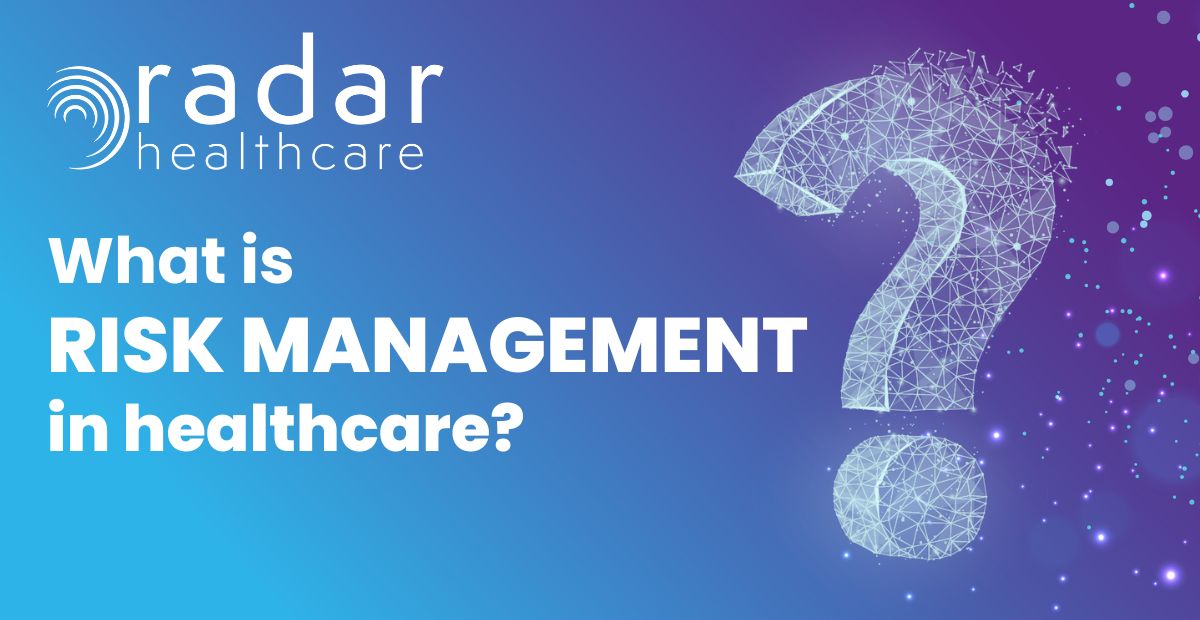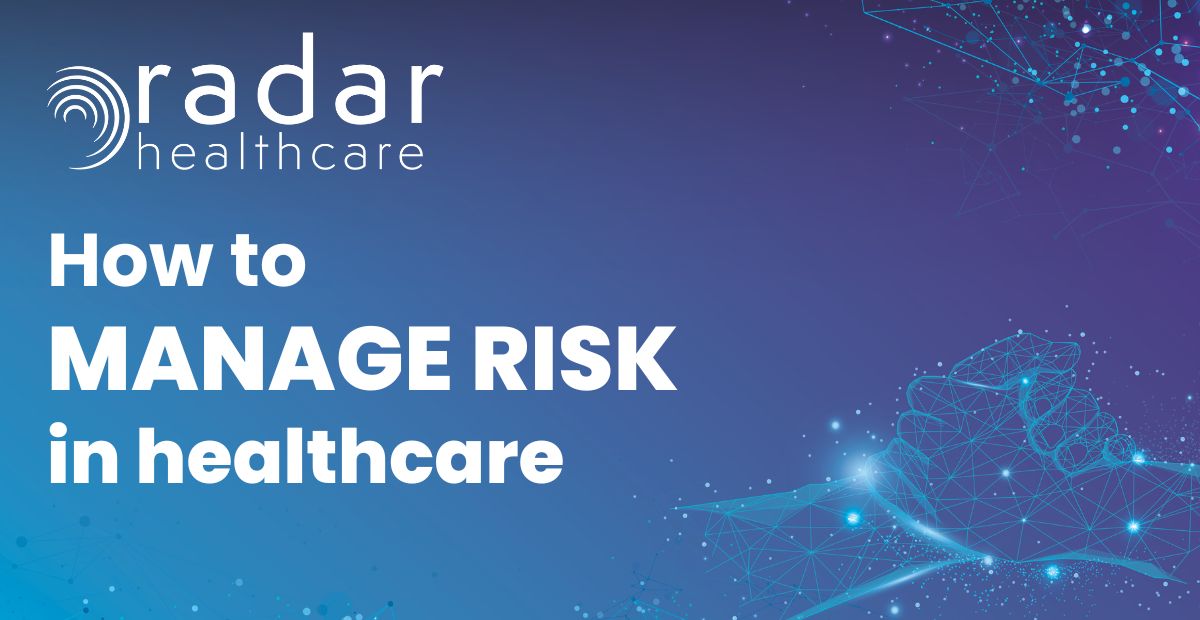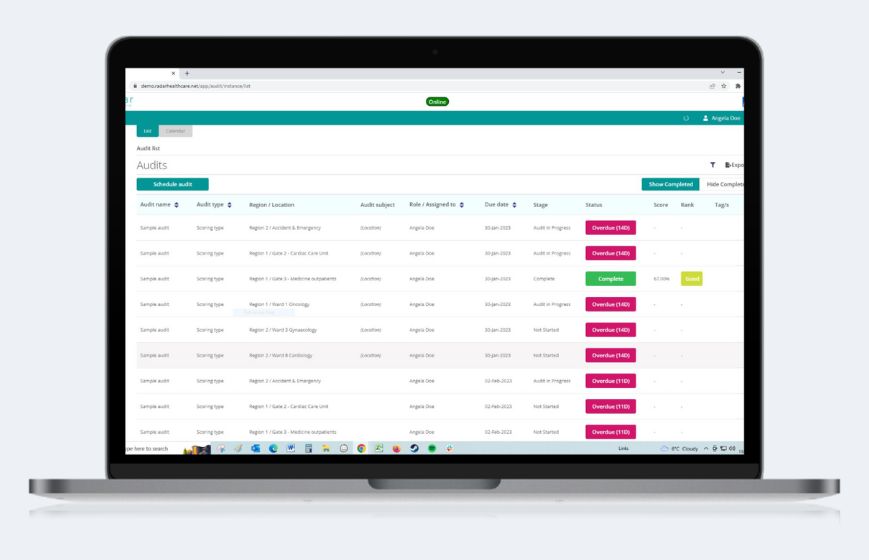Introducing Radar Healthcare’s Enhanced Risk Register: Features and Benefits
Tags:
A Q&A with expert, Ellie Jordan on Radar Healthcare’s Enhanced Risk Register
Effective risk management is crucial for ensuring patient safety and maintaining high standards of care. To shed light on our latest advancements in this field, we spoke with Ellie Jordan, the Account Director and project lead for Radar Healthcare’s Enhanced Risk Register.
In this quick-fire Q&A, Ellie discusses the importance of recognising and reporting risks, introduces the new module, and highlights the key features and benefits that set Radar Healthcare apart in the market.

Q. Firstly, Ellie, can you please introduce yourself and your role in this project?
A. Hi, I’m Ellie Jordan, the Account Director, former Product Owner, and project lead for the Enhanced Risk Register at Radar Healthcare. My role as the project lead involved overseeing the development and implementation of our risk management solution to ensure they meet the needs of our partners and the health and social care industry.
Q. Why is reporting on and recognising risks within health and social care important and how can digital tech add value?
A. Reporting on and recognising risks within health and social care is crucial because it directly impacts the safety and quality of care provided to patients and residents. Identifying risks early allows for timely interventions that can prevent harm. Digital technology adds significant value by enabling real-time risk identification, streamlined reporting processes, and comprehensive data analysis. This enhances decision-making and helps in creating safer healthcare environments.
Q. Can you introduce the new module and its impact on our partners when reporting risk?
A. Yes! Our new Enhanced Risk Register module is designed to provide our partners with a more robust and intuitive platform for managing risks. It allows for better tracking, analysis, and reporting of risks within their organisations. So far, the impact on our partners has been very positive, allowing for more efficient risk management processes, ensuring that potential issues are addressed proactively and effectively.
"Since moving to Radar and introducing the Risk Register module, we have been able to have a much clearer handle on the management of our risks – utilising the analytics to provide oversights and also identifying our response to risk. The risk review process is thorough but not time consuming and the ability to link risks to Events within this system provides a great method of triangulation to support future risk reviews and help to inform whether risk scores and/or responses should be changed.
Some of the recent updates to the module have been helpful in supporting staff on the shop floor with understanding the requirements when logging risks and we’re looking forward to utilising upcoming changes to continue strengthening our management of risk across the organisation."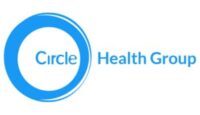
Q. What are the primary objectives of the enhancements? What are the key changes or new features being introduced in the enhanced risk register?
A. The primary objectives of the enhancements are to improve user experience, increase the accuracy and efficiency of risk reporting, and provide more actionable insights. Key changes and new features include:
🚀 Updates to Controls: We’ve focused on making it simpler and more efficient to add controls to risks. Previously, the process involved several steps, but now, with a streamlined approach, users can add controls seamlessly, saving time and clicks.
🔒 Enhancements to Assurance: Formerly known as the “Board Assurance Step,” we’ve renamed it to just “Assurance” for broader applicability. Additionally, various updates have been made to this step, enhancing its functionality and relevance across different organisational contexts.
✅ New Approval Step: Introducing a brand-new approval step, providing users with the ability to approve risks directly within the register. This adds an extra layer of safeguarding and ensures that risks are thoroughly reviewed before proceeding.
📊 Analytics: We are enhancing our analytics dashboards to provide better visibility and deeper insights into organisational risks. This update will enable tracking of various operational aspects, such as overdue risks, uncontrolled risks, and the responsibility and accountability of risks. Additionally, it will offer insights into risk escalation and de-escalation, trends over time, and comparisons of target versus actual scores.
Q. Which features have our customers been most impressed with?
A. Our customers have been most impressed with the enhanced reporting tools, real-time alerts, and the intuitive user interface. These features have significantly streamlined their risk management processes and provided them with better control over risk identification and mitigation.
Q. What are the top 3 benefits to our partners?
1️⃣Improved Efficiency: Small changes, such as the streamlined process for adding controls, translate into significant time savings for users. By reducing the number of clicks and making the interface more intuitive, we’ve enhanced overall efficiency.
2️⃣Customisability: Recognising that risk management practices vary widely, especially within the NHS, we’ve built in flexibility and customisation options. This ensures that the Risk Register can be tailored to suit individual preferences and organisational requirements.
3️⃣Enhanced Oversight: The addition of the approval step along with new dashboards, including those for escalated risks, provides partners with improved visibility and oversight.
Q. How have we identified the needs and expectations of our customers regarding the risk register?
A. We have conducted extensive consultations with our customers, gathering feedback through surveys, interviews, and focus groups. Additionally, we’ve analysed usage data and industry trends to understand their needs and expectations better. This customer-centric approach has guided the development of our enhanced risk register.
Key stakeholders involved in these enhancements include our existing customers, such as Milton Keynes University Hospital NHS Foundation Trust, NHS South West London Integrated Care Board, North West Surrey Integrated Care Services, Guy’s and St Thomas’ NHS Foundation Trust and more. Their feedback and collaboration have been invaluable in shaping the new features and improvements.
Moving forward, we will ensure that the risk register remains aligned with evolving customer needs and industry standards by maintaining an ongoing dialogue with our customers, continuously monitoring industry developments, and regularly updating our software to incorporate the latest best practices and regulatory requirements.
“It is important that the risk register module is easy to use for staff and provides the organisation with information for monitoring assurance purposes. We have used this module for 2 years now and the changes made by the Beta group have helped provide more robust information. Staff find the module easy to use, and particularly the ability to easily record controls and confirm if they are implemented. We look forward to future developments to this module.”

Q. Finally, what sets Radar Healthcare apart from other solutions on the market?
A. Radar Healthcare stands out from other solutions on the market due to our comprehensive, all-in-one compliance solution. We offer a wide range of features that not only address risk management but also encompass other critical areas such as incident management, audits, and compliance tracking. Our user-centric design, advanced analytics, and commitment to continuous improvement make us a preferred choice for health and social care providers.
